Heavy rains have been lashing the Emilia Romagna region since May 17, causing severe flooding and landslides. The heavy rainfall has caused rivers to burst their banks, flooding towns and submerging thousands of acres of farmland .
Statistics from local authorities show that there have been a total of about 305 landslides, 23 rivers have overflowed, about 500 roads have been damaged or destroyed, at least 100 cities and towns have been flooded, and more than 5,000 farms have been submerged.
The floods have killed at least 14 people and displaced more than 36,600, with tens of thousands without power. In some of the worst-hit areas, people are facing shortages of drinking water and food.
The damage from the floods could run into billions of euros. The Italian Confederation of Agriculture (Confagricontura) estimates that the economic damage from these two historic floods could be three times higher than the 13 billion euro economic damage caused by the devastating earthquake in 2012.
Emilia Romagna region president Stefano Bonaccini compared the recent historic floods to an earthquake. “We have rebuilt almost everything, but today we are experiencing another earthquake,” Bonaccini said at a recent press conference.
“From above, the area looks like it has been bombed. In some areas, we will have to rebuild new roads, completely changing the shape of the road network,” said Irene Priolo, vice president and director of the Civil Protection Department of the Emilia Romagna region. Meanwhile, Bologna Mayor Matteo Lepore said it would take “months and in some places years” to repair roads and infrastructure.
On the morning of May 23, people began efforts to overcome the consequences after the water receded, focusing on restoring Internet connections to hospitals, offices, schools and isolated residential areas. The regional government also distributed 100 Starlink satellite Internet connection devices, manufactured by SpaceX, to the neighborhoods of Ravenna - the area most affected by the floods.
On the same day, Prime Minister Giorgia Meloni said Italy had approved an emergency aid package worth more than 2 billion euros to help flood-hit areas. The leader called the package "an important first response to the affected area".
The package will include deferrals of taxes, public service payments and government loans; payments of up to €3,000 to people unable to work due to the floods; and tens of millions of euros in grants and loans to businesses, as well as to rebuild infrastructure and conduct health and safety checks in badly damaged areas. It is also one of the largest relief packages after a national natural disaster in Italy.
Among the measures, the government announced a 1 euro increase in admission to Italy's state museums from June 15 to September 15. The government explained that the proceeds would be used to protect cultural artefacts in flood-hit areas.
Meanwhile, several private groups have pledged funds to help the flood-hit areas rebuild, including Italian-French car group Stellantis, which pledged €1 million in aid, luxury carmaker Ferrari, French luxury group LVMH and Kering, owner of Italian fashion house Gucci.
Mr Bonaccini has submitted a list of support requests to the government, saying Emilia Romagna needs a comprehensive plan to rebuild, sustain and ensure safety against natural disasters.
This is the most serious flood in the past 100 years and also the second time this month that the Emilia-Romagna region has suffered a natural disaster.
The Emilia-Romagna region is particularly vulnerable to climate change, due to its location between the Apennine Mountains and the Adriatic Sea. The Italian Institute for Environmental Protection and Research (ISPRA) has identified Emilia-Romagna as one of the areas most at risk of flooding in Italy.
According to experts, the direct cause of the historic flood was extreme weather. In changing climate conditions, there will be more rain, but it will fall on fewer days and cause torrential downpours. This is even more dangerous when the ground is dry and impermeable after prolonged droughts.
Experts warn that extreme weather in the Mediterranean is becoming the new normal, requiring Italy to adapt and rethink flood protection measures across the country. In 2022, Italy recorded 310 extreme weather events that killed 29 people, according to the environmental group Legambiente.
Source link



![[Photo] Vietnamese and Hungarian leaders attend the opening of the exhibition by photographer Bozoky Dezso](https://vphoto.vietnam.vn/thumb/1200x675/vietnam/resource/IMAGE/2025/5/29/94d8ceca5db14af3bf31285551ae4bb3)
![[Photo] Prime Minister Pham Minh Chinh meets with Hungarian President Sulyok Tamas](https://vphoto.vietnam.vn/thumb/1200x675/vietnam/resource/IMAGE/2025/5/29/dbcaa73e92ea4448a03fe1d0de6d68e8)












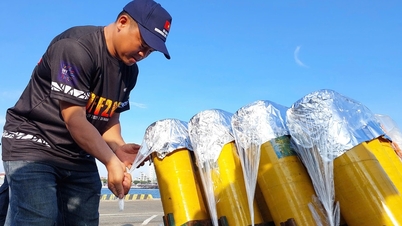

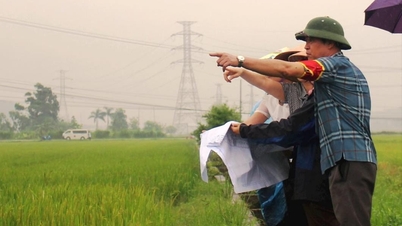
















































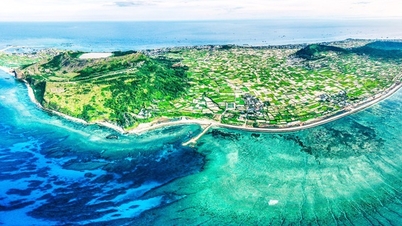



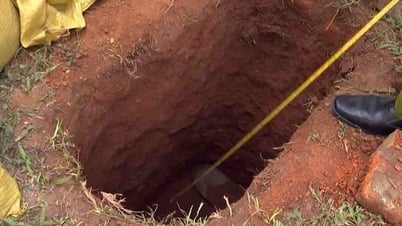
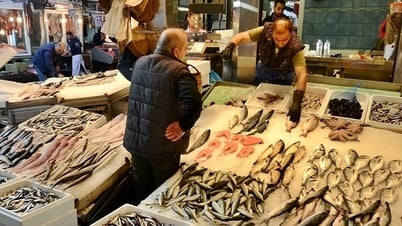



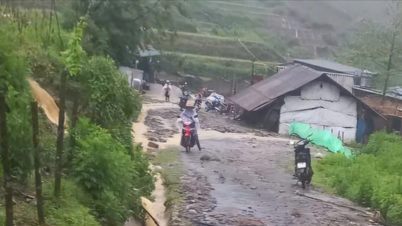



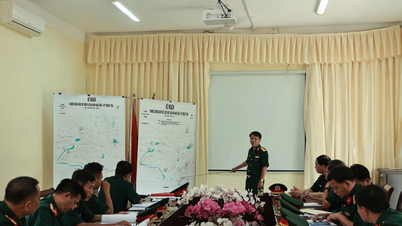















Comment (0)